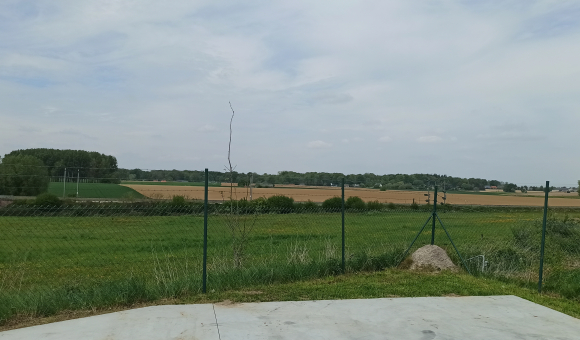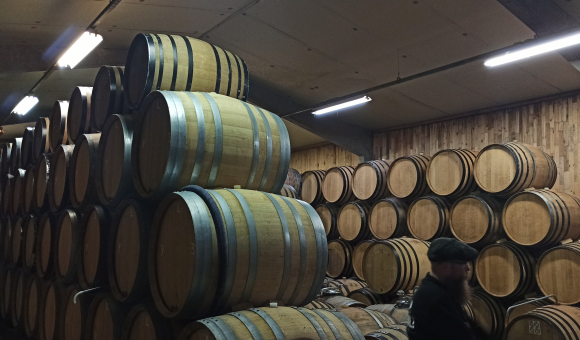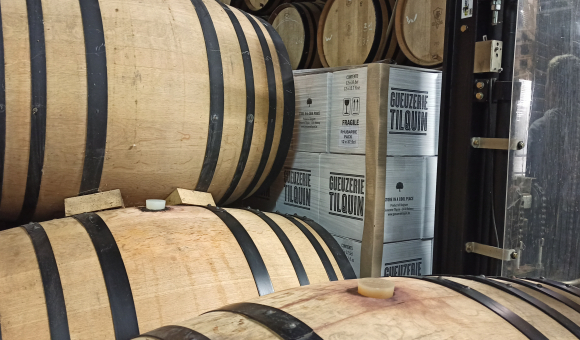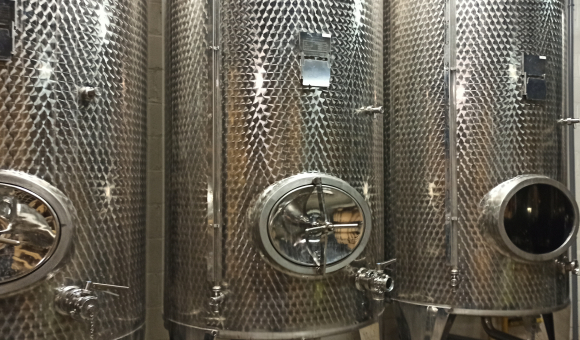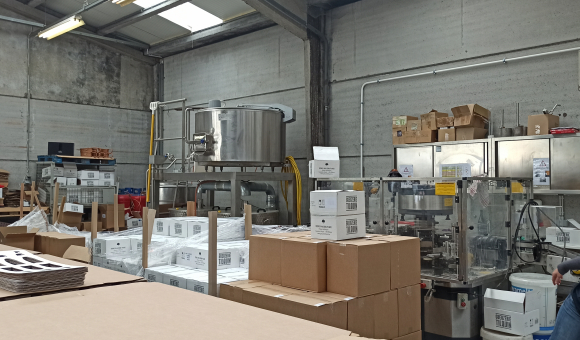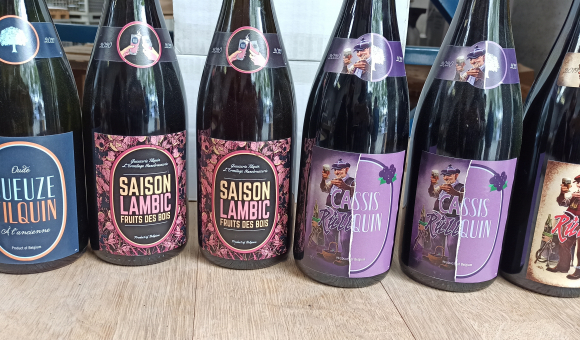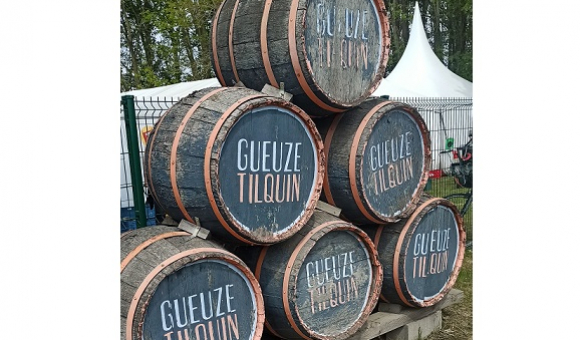
It is only held every two years, but that is also a fundamental part of its magic. After the cancellation of the previous year's edition due to the pandemic, in 2022 the Toer de Geuze took place again, one of the most important and long-awaited events for lovers of lambic beer. But in order to appreciate what makes this type of beer special, let's start at the beginning: discovering what a lambic is.
Both its origin and the source of its name are not entirely clear, since its history goes back several centuries. It is considered one of the oldest beer styles still being produced, as it is known that Emperor Charles V was a habitual drinker of lambics, and that this beer style was so present in the 14th century society that it even appears in one of Pieter Brueghel's best-known paintings, "The Peasant Wedding". What is clear is that it is a purely Belgian beer style, brewed with 30 or 40% wheat and spontaneously fermented, which gives it its marked acid character. The epicenter of lambic beer is in Pajottenland and the Senne River valley, a fertile region southwest of Brussels where the vast majority of Belgian lambic producers and blenders are concentrated.
One of the main characteristics of lambics is their remarkable acidity, which makes them somewhat difficult to enjoy at first, but when you know how to appreciate and differentiate all their nuances, it becomes a drink as complex and refined as the best of the wines. In addition, since the style includes several sub-styles with different characteristics, it is easy to find a type of lambic pleasant to everyone's taste and with which to start in this world: the traditional lambic with several years of aging and with hardly any carbonation, the geuzes or gueuzes, mixtures of lambics from different years and refermented in bottles, the fruit lambics, with added fruits such as cherry, raspberry, grape or peach, and the faro, with a part of sugar that moderates its acidity.
After overcoming a difficult time in the 70s of the 20th century, when many small breweries and cafes closed their doors, lambics have gone from being beers consumed only in rural Belgium to being one of the most appreciated and valued beer styles by beer lovers around the world. Its current success encourages HORAL, an association of lambic producers, to organize the Toer de Geuze every two years since 1997, an event in which the doors of the breweries are opened for visits and tastings for beer lovers, that during those days they travel to Belgium in order to live this experience. During an entire weekend, lambic beer enthusiasts from various countries around the world visit the different participating breweries, where they can drink their beers fresh from the barrels, discover seasonal releases and exclusive novelties, buy bottles and merchandising to take away home, and even chat with the brewmasters as they tour their facilities. And although all the breweries have a notable influx of public during those days, one of the most visited is Tilquin, the only producer of lambic beer located in Wallonia.
Tilquin is placed in the town of Rebecq-Rognon, belonging to the province of Walloon Brabant. One of the curiosities that attracts attention as soon as you arrive at the brewery is its proximity to the Belgian linguistic border, located just 200 meters from its facilities and easily visible from its warehouses. In the first place, it should be noted that Tilquin is not a brewery as such, but a gueuzerie or blender, since at the moment it only works with worts produced by other breweries in the region, mixing and aging them in barrels for different times. Although as we could see in the visit we made in the last Toer de Geuze, things are going to change very soon, since Tilquin has a small plant that is in the process of being installed and tested, and that will be able to use in the very near future to produce their own wort. So we won't have to wait long to see the first lambic beers produced and aged entirely in the Tilquin facilities.
The heart and soul of this brewery is Pierre Tilquin, a bio-engineer and expert in statistical genetics with a huge brewing experience in renowned breweries on the Belgian scene such as Huyghe, 3 Fonteinen and Cantillon. In 2009 he decided to embark on his solo brewing adventure and finally opened the doors of his brewery to the public in the summer of 2011, being the first lambic brewery to open in the last 12 years. One of Tilquin's strengths is its large park of oak barrels, small in volume compared to what is usual in the sector but from different sources, which allows the brewer to add diverse nuances to their beers. Worts from breweries such as Boon, Lindemans, Girardin and Cantillon are passed through these barrels, aged for 1, 2 or 3 years and blended to create unique geuzes.
Since its first batches were launched on the market in 2011, Tilquin's popularity has grown steadily among beer connoisseurs and beer loves around the world. Today it exports 75% of its production, and close to 40% is sent to the United States. In its catalog of beers there are lambic references for all tastes: 5 types of geuze, a faro, a mars beer and a growing number of lambics with fruits such as red currant, cassis, hibiscus, blackberry, plum, blueberry and varietal grapes such as Pinot, Riesling or Gewürztraminer. In addition, it brews a number of limited-edition experimental beers, with raspberry, rhubarb, sour cherry, mirabelle or elderberry, and collaborates with Rulles Brewery to make a blend of lambic and brune. But without a doubt, the jewel in the crown is its Oude geuze or Gueuze a l'ancienne, brewed according to the traditional methods of the region's breweries, and protected by the European Union through the TSG label reserved for traditional specialities.
Tilquin is the perfect excuse to take a short excursion from Brussels to the Walloon area of the Senne valley, where you can enjoy its delicate and subtle lambics, to which the different fruits provide fresh, sparkling and elegant nuances. It’s a brewery that perfectly combines high quality and tradition, and that both great fans of lambic beers and those who are still learning about them should visit at least once in their lives.
